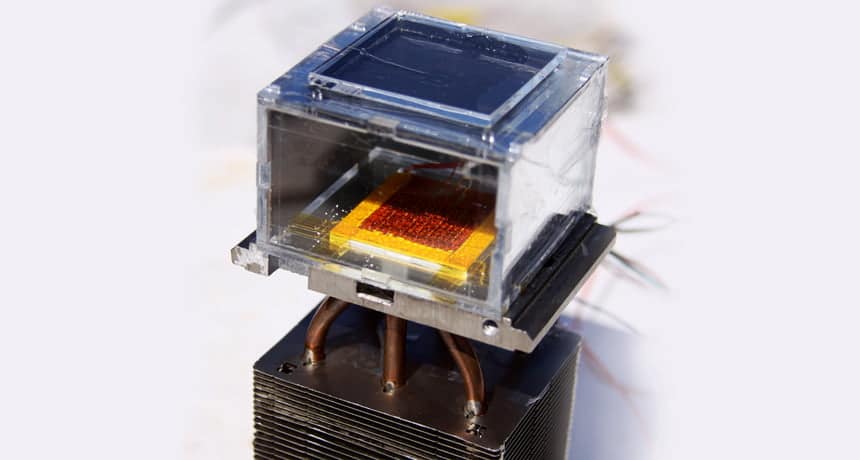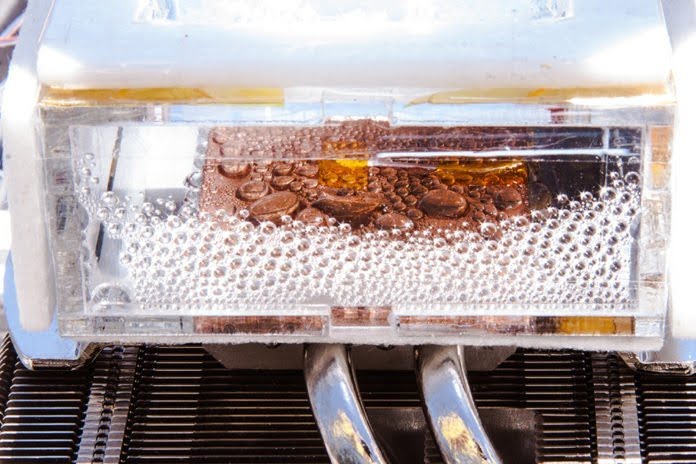Researchers at MIT and UC Berkeley have developed and tested a device that can extract water from the air, even in the driest climates. The team has improvised its design from last years Science article and has tried it out in Tempe, Arizona.
ALSO READ: Larry Page’s Air Taxi ‘Cora’ Flies; Everything You Need To Know!
Device That Extract Water From Desert Air
There are few ways to extract water out of the air, but every other method has its own significant limitations. It usually requires over 50 percent of humidity and a lot of energy input to make them work. The team has however made this device work without the need for energy input and made it work in places with humidity as low as 10 percent.

The core design of the device is a material called a metal-organic framework or MOF, which is made up of linked molecules that create a super porous material with lots of surface area. Moreover, it can be very hydrophilic (meaning attract water) depending on what you make the MOF with.
ALSO READ: HASEL Artificial Muscles Moves And Heals Itself; Next-Gen Soft Robotics
How Does It Extract Water From Air?
The MOF used in the video (below) is able to pull water from the air and stores it in its pores, which it does during the night and then comes daytime, sunlight is used to release the water and a condenser is used to harvest it.
ALSO READ: Vodafone Trials World’s First 4G IoT Drone Tracking And Safety Technology!
So what’s next? well, researchers want to scale up the system and make it more efficient to extract water (in liters). What do you think about this research? Let us know your thoughts in the comment section below.
BONUS VIDEO
For the latest tech news, follow TechDipper on Twitter, Facebook, Google+, Instagram and subscribe to our YouTube channel.




